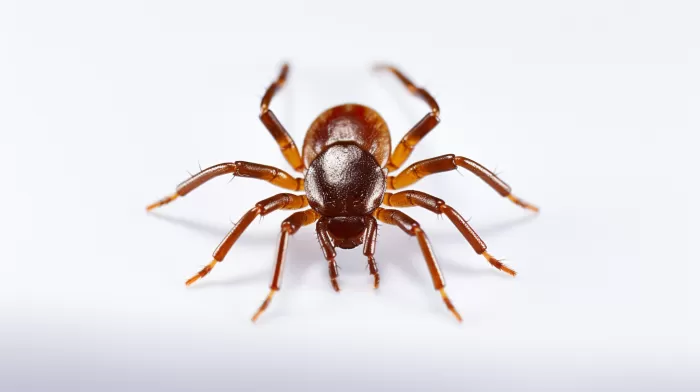Tick bites and Lyme disease have become increasingly common over the past few years, but what seems to be a much more frightening development is that autopsies of three individuals in the Northeast have confirmed that their sudden deaths were due to undetected Lyme disease. This points towards the possibility of heart inflammation caused by Lyme posing a more serious threat than previously believed. While the Centers for Disease Control and Prevention (CDC) acknowledges the concern, the organization maintains that Lyme-related deaths from heart issues are rare events.
Undetected Lyme Disease: A Lethal Threat
Dr. Joseph D. Forrester, a CDC scientist, and author of the study stated that these sudden deaths from undetected Lyme aren’t a new occurrence. However, considering the severity and tragedy of these cases, the situation demands further investigation. Consequently, residents of New England and other areas where Lyme disease is prevalent should visit a healthcare provider if they experience chest pain, heart palpitations, fainting, shortness of breath, or light-headedness. This new development has experts on edge, as cases of Lyme disease in the U.S. have reached approximately 300,000 per year, with an estimated 1 percent developing heart inflammation, or carditis.
Understanding Lyme Disease and Its Symptoms
Lyme disease is an infectious disease caused by the bacterium Borrelia burgdorferi and is transmitted to humans through the bite of infected black-legged ticks. Common symptoms include fatigue, fever, chills, headache, muscle and joint aches, and swollen lymph nodes. If left untreated, the infection can spread to joints, the heart, and the nervous system. A majority of people infected with Lyme disease develop a characteristic skin rash called erythema migrans, which has a bull’s-eye appearance. This rash occurs in approximately 70 to 80 percent of infected individuals.
The Importance of Early Detection and Treatment
Early treatment of Lyme disease is crucial to prevent severe complications. If detected early, the disease can be treated with antibiotics, typically doxycycline or amoxicillin. However, if the disease is left undiagnosed and untreated, the bacteria can spread to other parts of the body and cause severe symptoms like severe headaches and neck stiffness, severe joint pain and swelling, heart palpitations, dizziness, shortness of breath, and shooting pains and numbness in the hands and feet. In some severe cases, as seen in the recent autopsies, the heart inflammation caused by undetected Lyme disease can be fatal.
How to Protect Yourself from Ticks
One of the most effective ways to prevent Lyme disease is by taking measures to protect yourself from tick bites. Here are some tips to reduce your risk of tick bites and Lyme disease:
- Be aware of your surroundings: Ticks are usually found in wooded and grassy areas. When spending time outdoors in these environments, take precautions such as wearing long pants and long sleeves, and using insect repellent containing DEET or picaridin.
-
Perform regular tick checks: After spending time outdoors, thoroughly check your body for ticks, paying special attention to the hairline, ears, underarms, groin, and behind the knees. Don’t forget to check your gear and pets, too.
-
Create a tick-safe zone at home: Keep your yard tick-free by maintaining your lawn, removing leaf litter, and creating a barrier between wooded areas and your lawn with gravel or wood chips.
-
Consider tick control methods: Some homeowners may consider using pesticide sprays or introducing tick-eating animals like chickens or guinea fowl to help control the tick population.
-
Remove ticks properly: If you find a tick on your body, remove it immediately using fine-tipped tweezers. Grasp the tick as close to the skin’s surface as possible, and pull upward with steady pressure. Ensure that you do not twist or jerk the tick as this can cause the mouthparts to break off and remain in the skin. Once the tick is removed, clean the bite area with rubbing alcohol or soap and water.
Conclusion
While the prevalence of Lyme-disease-related deaths caused by heart inflammation may be relatively low, the implications of these cases are significant enough to warrant public attention. Early detection of Lyme disease is crucial, and individuals living in or visiting areas where Lyme disease is common should be proactive in taking the necessary precautions and seek medical attention if they experience any potentially related symptoms. Together, knowledge and preventative measures can mitigate the risks associated with Lyme disease and its potentially fatal consequences.



